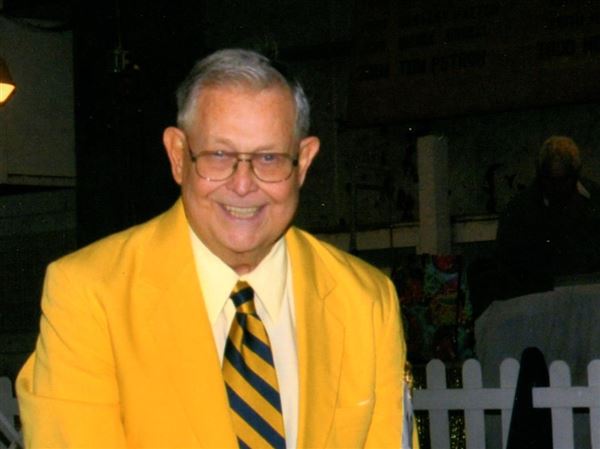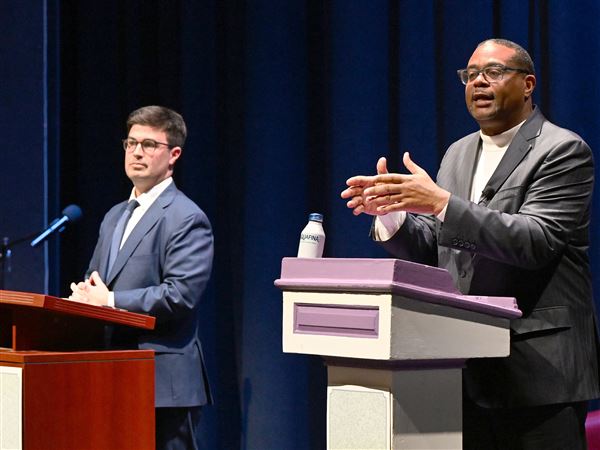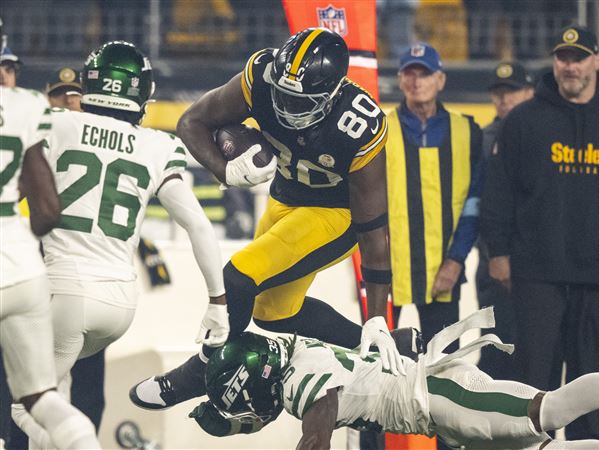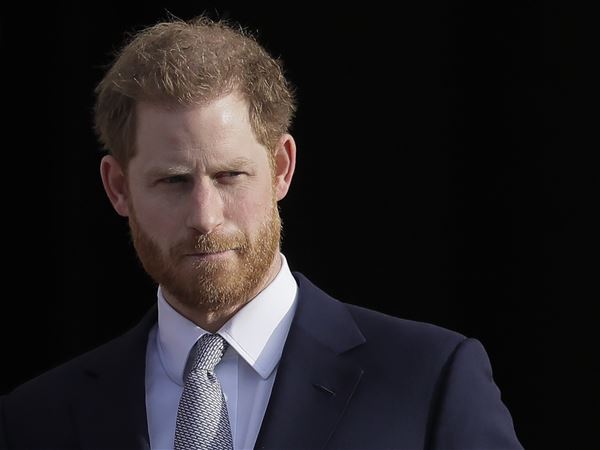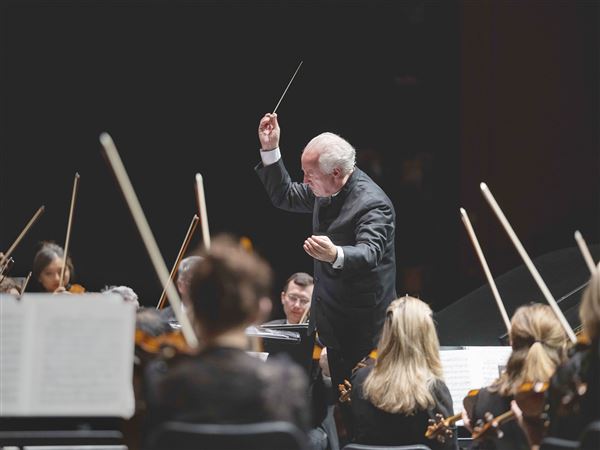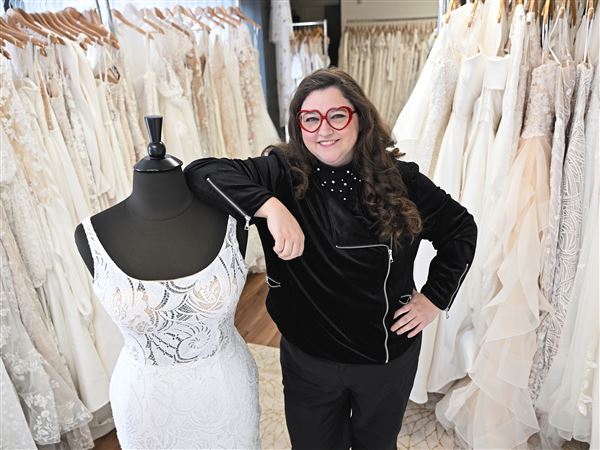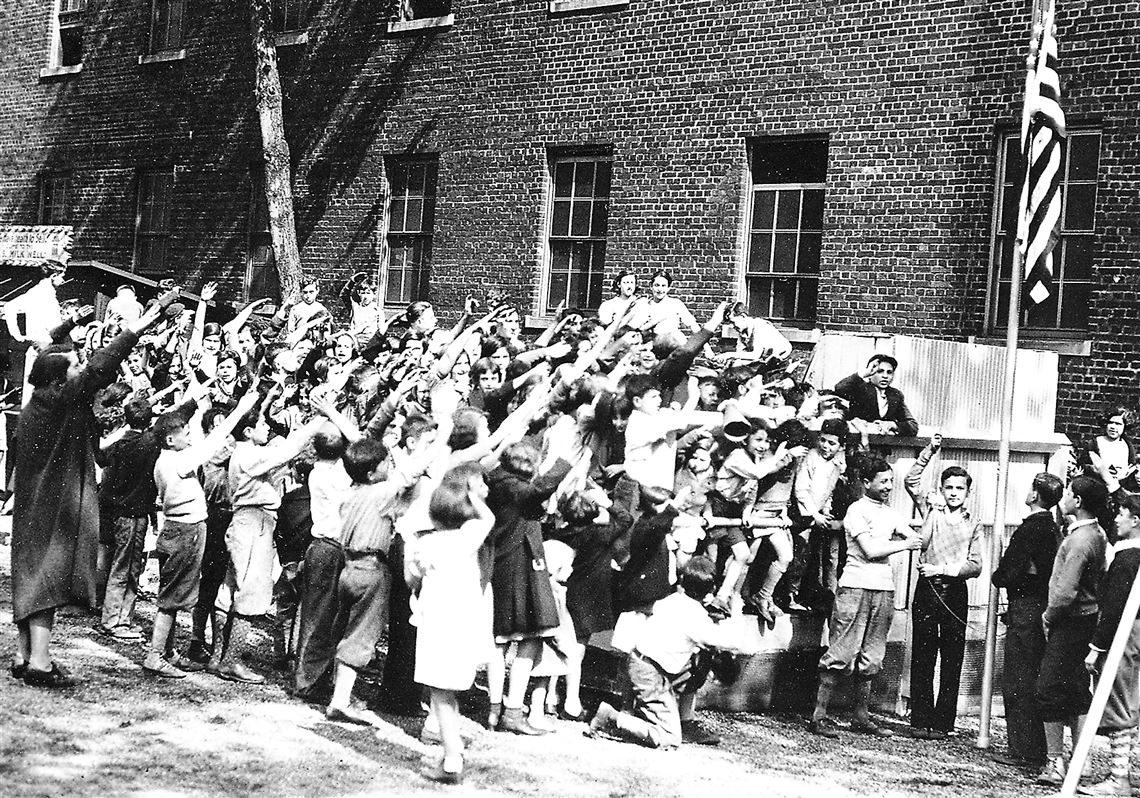The picture is grainy, as photos from that era often are, and slightly washed out, but the scene is incredibly clear.
A group of about 50 children is raising and saluting the American flag. It is not the customary military salute — arm bent at a roughly 45 degree angle and hand at the forehead. Instead, the children’s arms are fully extended in an uncanny imitation of the Nazi salute.
The caption reads, “Irene Kaufmann Settlement Playground Opening Flag Raising, May 1934.” At the time, the Kaufmann Settlement in the Hill District was Pittsburgh’s largest Jewish social service center. The children in the photo, presumably, are Jewish. The photo is part of the Rauh Jewish Archives at the Heinz History Center.
A boy in a sweater pulls the halyard to raise the flag while another in knickerbockers and high-rise socks holds the slack. Even the adult in the photo — it’s unclear whether she’s a teacher or counselor or fills some other supervisory role — has her arm extended in salute.
The photo was taken roughly a year after the boycott of Jewish shops and businesses in Germany began and after Jews were barred from holding civil service and university positions. The year after it was taken, Jews were stripped of their German citizenship and told they couldn’t marry non-Jews or fly the German flag.
The photo is odd. Why would Jewish American schoolchildren be imitating the Nazi salute?
• • •
The Post-Gazette received this photo from a confused reader, who said it just goes to show that we shouldn’t jump to conclusions about what future Queen Elizabeth II was doing in a photo recently released by The Sun tabloid.
That photo, a still frame from a 1933 film The Sun evidently managed to acquire from the secret Royal Archives, shows her uncle, the future King Edward VIII, with the smiling 6- or 7-year-old and her younger sister, Margaret, as they perform the Nazi salute. Edward, the princesses and the girls’ mother are walking on the lawn of Balmoral Castle.
Edward was an accused Nazi sympathizer who was warmly welcomed by Hitler when he visited Germany, and the question in that photo is not whether Elizabeth was doing the Nazi salute so much as in what context she was doing it.
The Kaufmann Settlement photo is different.
“This was the way Americans saluted the flag at the time. ... In 1934, this would have been perfectly normal, strange though it looks to us now,” said Timothy Snyder, a Yale history professor who specializes in the Holocaust.
The stiff-arm salute in America preceded both the Nazi salute and Mussolini’s salute, from which the “Heil Hitler” salute came, said Richard Ellis, professor of politics at Willamette University in Salem, Ore., and author of “To the Flag: The Unlikely History of the Pledge of Allegiance.”
It emerged here in the late 1800s, began to disappear at the beginning of Word War II and was gone by its end.
• • •
By the late 1800s, the Northeast looked much different than it had at the turn of the 19th century. The white Anglo-Saxon Protestants of Colonial, Revolutionary and antebellum times had been joined by immigrants from Ireland, Germany, Italy, Russia and southern and eastern Europe. Most were poor. Many didn’t speak English. The old order questioned their allegiance to America.
In 1892, the magazine Youth’s Companion proposed commemorating the 400th anniversary of Columbus’ arrival in America with flag-raising ceremonies at public schools across America. It was intended to be a patriotic conversion for immigrant schoolchildren.
One of the minds behind the flag raising, James Upham, was “anxious and worried about immigrants who didn’t know the American story, and didn’t know who Daniel Webster was and didn’t know who George Washington was,” Mr. Ellis said.
Upham was nostalgic for a time when people had a deep sense of their national origins. Born to wealth, Mr. Ellis said, “he was typical of the social class of his time.”
The commemorative flag raising he and his colleague Francis Bellamy developed, said Maurine Greenwald, associate professor of history at the University of Pittsburgh, was “all about nationalism. It’s a part of a period in which nations are heightening their national definitions and rituals and identification and history. The U.S. is no different in that regard.”
Both Upham and Bellamy thought that the ceremonies would need some sort of vocal or physical acknowledgment of the flag, so Bellamy, a Christian socialist minister and author who was decidedly better at the written word than his colleague, wrote the Pledge of Allegiance. The pledge was accompanied by what became known as the Bellamy salute.
It began with the hand on the forehead, military style. One verse into the pledge, at the first flag reference, it became a stiff-arm salute at roughly the same angle as the “Heil Hitler” gesture. With one difference: The palm of the hand was to tilt upward, facing the sky.
But the children in the Rauh Archives photo weren’t doing this salute. Their palms were down.
“You’ll see a lot of pictures with the hand downward,” said Mr. Ellis, noting the salute evolved over time and varied by place. He said photos variously show children saluting with their arms extended and palms down, with arms extended and palms up and even with palms sideways, as if pointing.
The prescribed palm-up position isn’t exactly the easiest to pull off, Mr. Ellis pointed out. “It’s a lot more comfortable to have your hand down.”
In 1923 and 1924, a number of patriotic groups, including the American Legion and Daughters of the American Revolution, gathered for a National Flag Conference. Those two meetings brought significant changes. Originally, the pledge had begun, “I pledge allegiance to my flag of the United States.” But members of the organization worried that “my” was ambiguous — immigrants could secretly be referring to their home country’s flag — and so changed it to “the flag” in 1923, and then added “of America” a year later.
The other change had to do with the salute. Members no longer wanted civilians performing military salutes, so they recommended that schoolchildren begin by placing their hands over their hearts and then go into a stiff-arm salute, eliminating the previous hand on the forehead motion.
So why did the Bellamy salute disappear?
The war, for one thing. When photographs of the Nazi salute appeared on front pages across the nation, “people were taken aback,” said Mr. Ellis. It was supposed to be the American salute, not the Nazis’.
In December 1942, Congress got rid of the Bellamy salute for good, and decided that the entire pledge would be recited with a hand over the heart, the gesture millions of schoolchildren perform in schools today.
“That’s the one that I grew up with,” Ms. Greenwald said. And it was the only one she thought about, until, she said, “that photo reminded me of the fundamental shift in this ritual.”
Hannah Schwarz is a Post-Gazette intern and a rising senior at Yale.
First Published: August 2, 2015, 4:00 a.m.

